-
KOSPI 2577.27 -2.21 -0.09%
-
KOSDAQ 722.52 -7.07 -0.97%
-
KOSPI200 341.49 +0.02 +0.01%
-
USD/KRW 1396 -2.00 0.14%
Hanwha wins fighter jet radar antenna deal from Leonardo
Aerospace & Defense
Hanwha wins fighter jet radar antenna deal from Leonardo
Hanwha Systems to supply AESA antenna units to Leonardo from September 2025; Leonardo to produce AESA radars from 2026
By
May 14, 2024 (Gmt+09:00)
2
Min read
News+
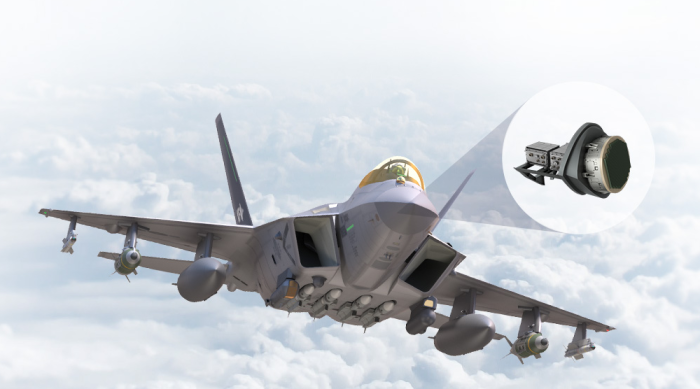
South Korean aerospace and defense contractor Hanwha Systems Co. is set to supply antennas for active electronically scanned array (AESA) radars to Italy’s Leonardo SpA in Korea's first deal to export the advanced radar component.
Hanwha Systems said on Monday it signed a contract with the Italian state-controlled defense and aerospace group to provide AESA antenna units (AAUs) for light combat aircraft without unveiling financial details. The two companies are poised to jointly develop AESA radars for light warplanes to be exported.
“We aim to enhance the partnership with Leonardo and develop various AESA radar’s core parts and complete products to expand export markets to various regions such as Europe, Asia-Pacific, the Middle East and South America,” said Hanwha Systems CEO Eoh Sungchul in a statement.
The unit of South Korea’s chemicals-to-defense conglomerate Hanwha Group is scheduled to develop and manufacture AAUs, which make up more than 50% of the AESA radar production costs, to supply them to Leonardo from September 2025.
Hanwha Systems plans to create the antenna units for Leonardo based on the technology of the AESA radar for the KF-21, South Korea’s homegrown supersonic fighter jet, developed under the supervision of the Agency for Defense Development.
RADARS FOR FUTURE WARPLANES
The Italian company is poised to manufacture and integrate signal processing devices, power supplies and cooling devices to produce finished AESA radars for light fighter jets from 2026.
AESA radars are key for future fighter jets to carry out various missions in modern air warfare such as detection and tracking of aerial and ground targets. About 1,000 small transmission and reception integrated modules mounted on the front of the radar enable fighter jets to detect large areas and engage with multiple targets simultaneously.
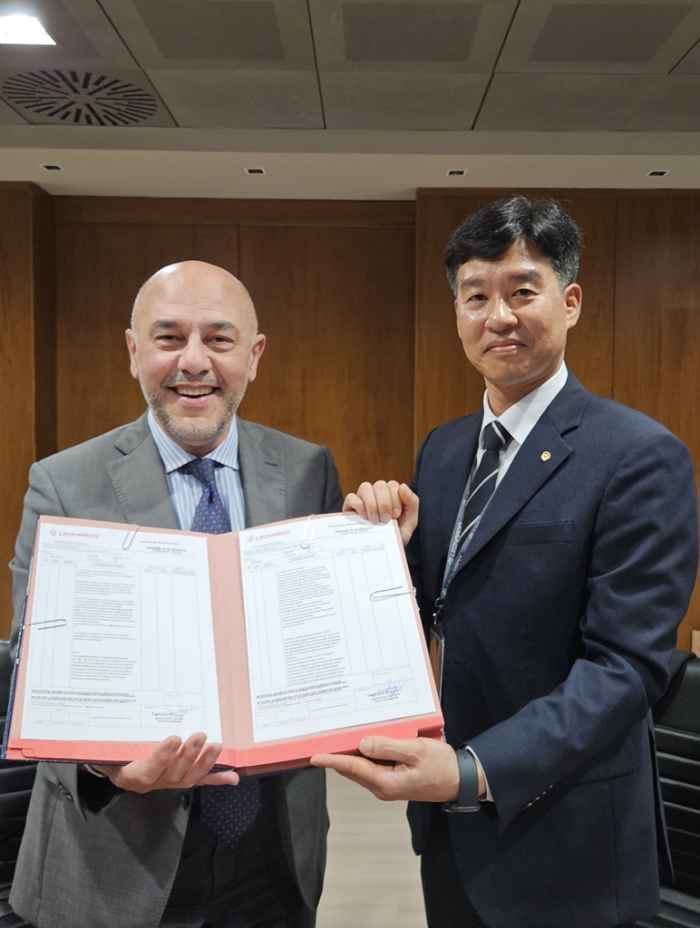
Global defense makers aim to win deals to improve the performance of fighter jets by replacing the existing radars with AESA radars.
“AESA radars for aircraft are expected to become one of our main export products in the future just like multi-functional radars for the Cheongung II, exports of which have recently been rising,” Eoh said.
Hanwha System in 2022 sealed a 1.3 trillion won ($1 billion) deal to export multi-functional radars for the mid-range surface-to-air missile system, known as Cheongung II in Korean, which means "heaven’s bow," to the United Arab Emirates.
Write to Sang Hoon Sung at uphoon@hankyung.com
Jongwoo Cheon edited this article.
More To Read
-
 Aerospace & DefenseHanwha Systems joins hands with Italy's Leonardo for radar exports
Aerospace & DefenseHanwha Systems joins hands with Italy's Leonardo for radar exportsMay 24, 2022 (Gmt+09:00)
-
 Aerospace & DefenseHanwha Systems, Leonardo collaborate on developing AESA radar
Aerospace & DefenseHanwha Systems, Leonardo collaborate on developing AESA radarJun 22, 2023 (Gmt+09:00)
-
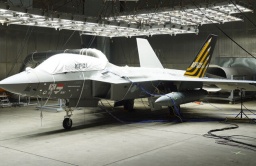 Aerospace & DefenseS.Korea to mass-produce homegrown fighter jet in 2024
Aerospace & DefenseS.Korea to mass-produce homegrown fighter jet in 2024Jan 10, 2024 (Gmt+09:00)
-
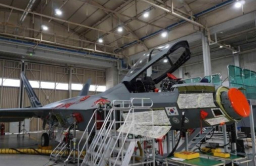 Aerospace & DefenseHanwha Systems soon to install radar on S.Korea fighter jet
Aerospace & DefenseHanwha Systems soon to install radar on S.Korea fighter jetMay 19, 2023 (Gmt+09:00)
-
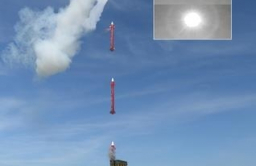 Aerospace & DefenseS.Korea’s defense exports to top $10 billion
Aerospace & DefenseS.Korea’s defense exports to top $10 billionJan 17, 2022 (Gmt+09:00)


